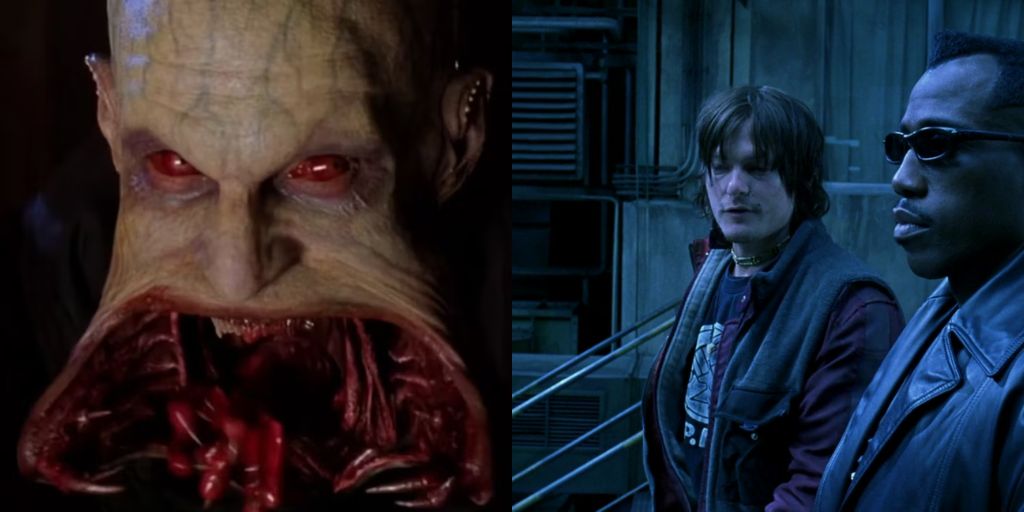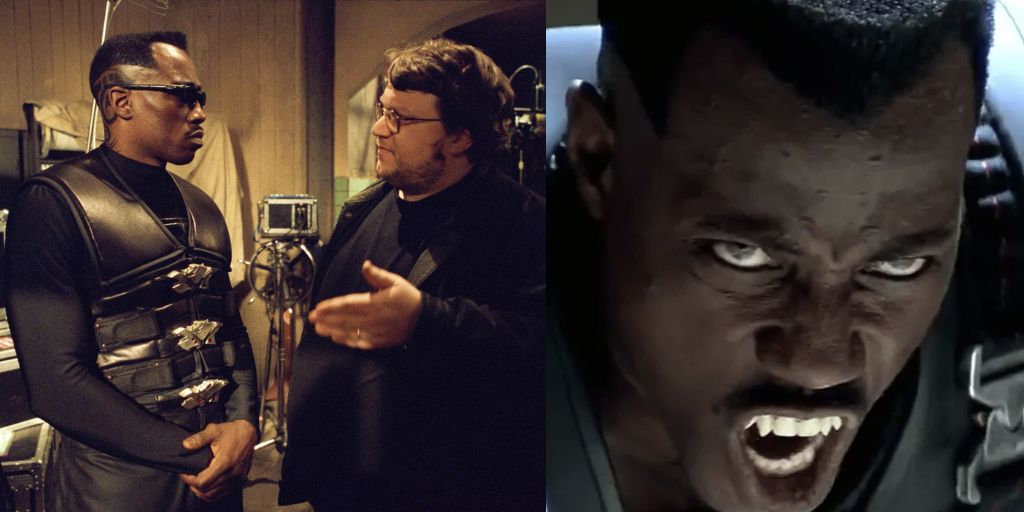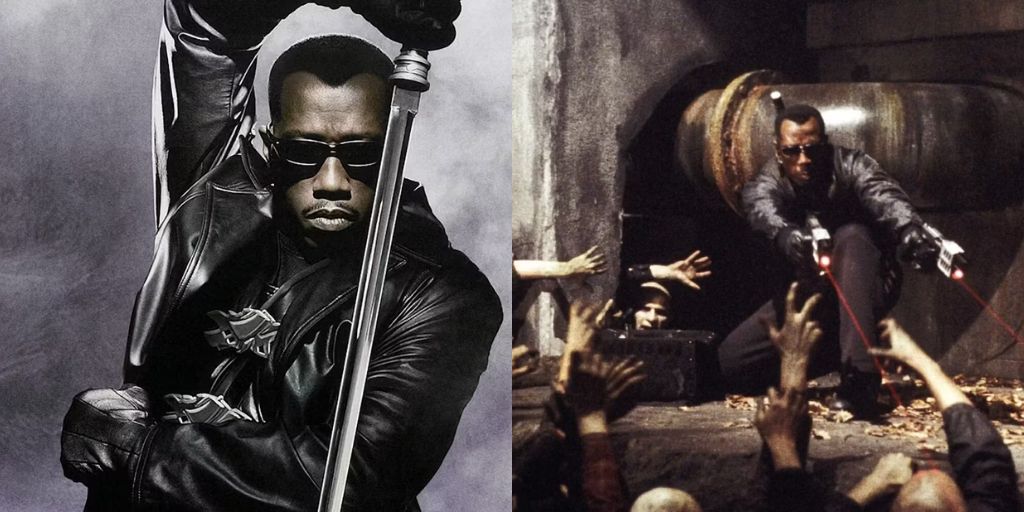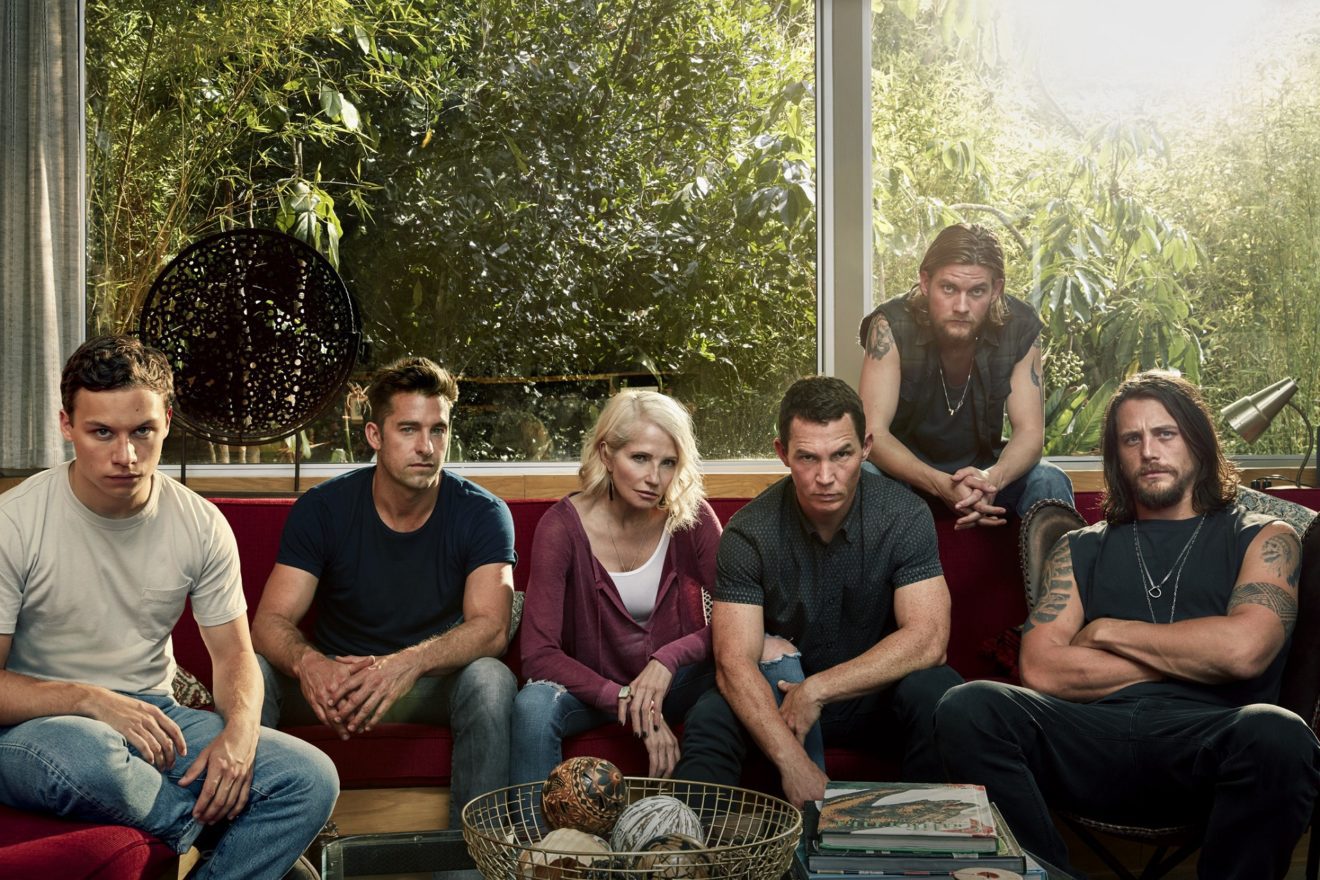Sequels are a major challenge across all media platforms because they come with inherent risks. Although sequels benefit from the groundwork laid by their predecessors, their quality and reception can determine if the story continues.
Despite facing criticism from audiences and critics over the years, sequels remain a popular format as long as viewers continue to desire them. While many sequels fail to live up to their originals due to poor creative decisions, there are occasions when a sequel matches or even surpasses the quality of the original film and strengthens the franchise.
Guillermo del Toro’s Blade II is a notable example of a successful sequel. It continues the adventures of Blade, the vampire hunter, and holds significance across multiple genres. The Blade series integrates action, superhero, and horror elements, which is why it appeals to a wide range of audiences.
Fans of horror enjoy the film’s intense blood and gore, superhero enthusiasts appreciate Blade’s role in saving people, and action fans are entertained by the dynamic fight scenes. Despite not being widely recognized as a key film, Blade II has an important place in the broader context of sequels.
Blade II Showcased the Potential of the Comic Book Sequel
Before Blade II, many sequels had been released, with varying degrees of success. In the comic book films, Blade II was a rare and significant entity. Prior to this film, only Superman and Batman had successful franchise runs.
However, even these iconic heroes faced difficulties, as the genre had not yet gained widespread popularity or respect. Alex Proyas’ The Crow, which shares a similar tone with Blade due to its supernatural elements, was among the few films that came close to Blade’s unique style.
Marvel struggled for years to produce successful films, but the first Blade film, starring Wesley Snipes, opened doors for Marvel and set the stage for future success. Blade II played a crucial role in solidifying this success and contributed to the rise of comic book sequels.
The first Blade film introduced a character that was relatively unknown to general audiences. The success of both Blade and Blade II significantly raised the character’s profile. Blade II was released two years after X-Men and in the same year as Spider-Man, which demonstrated the growing interest in films of this nature.
This success led studios to gain confidence in producing more comic book sequels. Guillermo del Toro’s ability to blend body horror with heroic elements paved the way for a wider variety of superhero films in modern cinema.
Guillermo del Toro Seamlessly Mixes Genres in ‘Blade II’
One of the greatest strengths of the comic book genre is its versatility. Filmmakers have the freedom to create stories that span different genres while maintaining a connection to comic book roots.

For example, The Dark Knight is praised as a crime thriller rather than just a superhero film, Logan is recognized as a neo-western, and films like Deadpool and Wolverine are known for their adventurous road-trip style.
Blade II, more than any other film in the genre, proved that superhero films could go beyond simple good versus evil narratives. It effectively incorporated elaborate makeup effects and gore into its storytelling.
The film’s main antagonists, the Reapers, have had a lasting impact on pop culture. They influenced Guillermo del Toro’s later work, such as The Strain, showcasing the film’s enduring legacy. Blade II fully embraces its pulpy nature, using its own absurdity to enhance the shock value of its violence.
Roger Ebert, a renowned film critic, described the film as “underrated” and praised it as “a really rather brilliant vomitorium of viscera, a comic book with dreams of becoming a textbook for mad surgeons.”
The film’s visual style and brutal elements push it towards the horror genre, while Wesley Snipes’ commanding presence further supports his action career. Blade II respects its comic book origins but adds a unique personality to the story.
The Character of Blade Is Portrayed Perfectly in ‘Blade II’
In comparison to the weaker third film, Blade: Trinity, the first two Blade films effectively capture Blade’s complex nature. As a hybrid of vampire and human due to his mother being bitten, Blade’s character is portrayed with depth.
He has a close bond with Whistler, who acts as a father figure, and collaborates with Dr. Karen Jenson and Whistler’s daughter. The film hints at a potential romance with Nyssa, who, despite being an antagonist, shares Blade’s views on vampires. This relationship adds a tragic layer to Blade’s character, as Nyssa’s death leads Blade to choose solitude, remaining the last of his kind.
Wesley Snipes’ portrayal of Blade is exceptional. He brings a combination of physical prowess, wit, and aggression to the role, making his performance stand out. Snipes’ dedication to the character is evident, and his collaboration with Guillermo del Toro resulted in a successful and memorable film.

Before other actors like Hugh Jackman as Wolverine or Robert Downey Jr. as Iron Man, Snipes played a crucial role in leading the superhero genre on screen. His love for the character is clear, and his work alongside a visionary director like del Toro created a perfect synergy.
Blade II is a successful sequel blending action, horror, and superhero genres. Guillermo del Toro’s direction and Wesley Snipes’ portrayal of Blade upgraded the film, influencing future comic book adaptations. Released alongside X-Men and Spider-Man, it proved the potential of comic book sequels and remains a significant part of the genre.
Blade II is currently available to rent or buy on Prime Video in the U.S.





